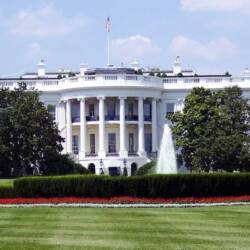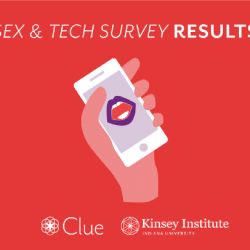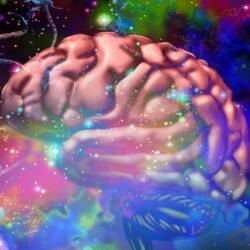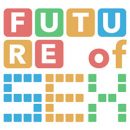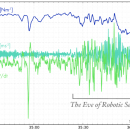Future Villages Will Embrace Free Love 3.0
Our new communities will acknowledge that it really does take a village to raise a child.
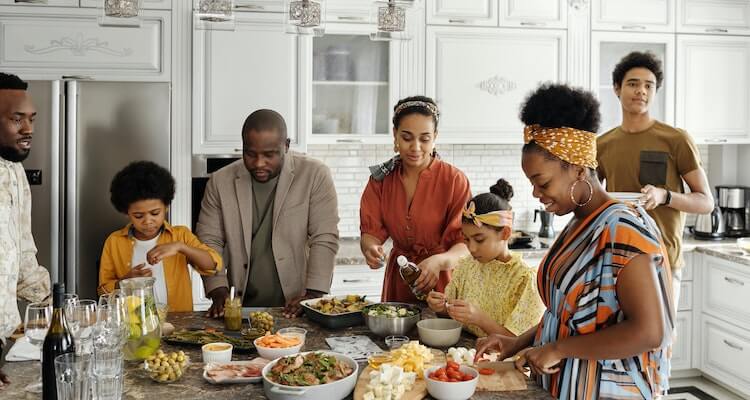
As millions of people died at the hands of COVID-19, global billionaire wealth grew by $4.4 trillion between 2020 and 2021, while more than 100 million people fell below the poverty line.
Many young people today have felt the ground underneath them shake as their economic security has (and continues to) take a massive hit. It’s also only been 12 years since the 2008 recession, where households in the bottom four-fifths of the wealth distribution experienced a 39.1 percent decline in net worth.
Behind in almost any economic category compared to other generations, Millenials and Gen Z are on the losing end of a massive generational wealth divide.
If your family lives in a western country (western Europe, North America, Oceania), then you are most likely in a worse economic condition than your parents. Political fragmentation, destroyed communities, and other societal ills are all a part of the economic decline facing us.
A family structure defined by adaptivity and cooperation
While I was born in the west, my parents were both born back in East Africa. With my mother and sibling in North America and my father in Kenya, our family has always felt unconventional.
Coming of age in a decolonial Africa, both my parents dealt with similar environments of insecurity that we are in now. A family and community structure defined by resiliency, adaptivity, and cooperation—my parents’ village of family, relatives, kinfolk, and friends, was key to seeing us through rough times.
Adapted through technology and tolerance, I believe our future communities here will look similar.
When I came into the picture, it was just myself and my older sibling among many women and men. These adults took turns babysitting, cooking, and affording the needs of the children. Asking my mother today, about those years living with everyone—and raising us—she called them the best times of her life.
This is the power of community. Distant cousins and family friends, my mother built our home along ethnic, tribal, and familial bonds that traveled with her halfway around the world.
Crafting intentional communities with technology
As technology has come to take up more of our social time, the future will use technology to craft the same kind of communities my mother did.
Dating apps like Hinge, Shaadi, and Grindr have made it easier to find individuals anywhere who share our values. For some that could be the nuclear family, but for many more, it will mean an expanded definition of family. Again it is our choices that make the difference. For example, a woman’s choice when to have a child.
While childbirth by women in their twenties and thirties has dropped, the number of children born to women over forty has gone up. Thanks to a host of fertility treatments, women can delay childbirth longer. After years of dropping, the US birth rate picked up this year. Children are essential to communities—but the family around them will look different.
RELATED READ: Are These Trending Words a Sign We’re Finally a Sex-positive Society?
Future villages will embrace sexual exploration and resource sharing
Polyamorous and nonmonogamous, the future villages will embrace Free Love 3.0.
In the 1960s and 1970s, free love came to imply a sexually active lifestyle with many casual sex partners and little or no commitment. In the 19th century, including the Victorian era, it usually meant the ability to freely choose a monogamous sexual partner or to end a marriage or relationship when love ended.
Removed from prior sexual norms the new free love will be a combination of the 19th century and 1960s. Enabled by technology people can love who they want when they want.
Sex will take less prominence and we will move to communities. Communities that, while sexually explorative, are dens for cooperative resource sharing—like my parents’ global community.
Learning from the resilient past, our new communities will acknowledge that it really does take a village to raise a child.
Image sources: August de Richelieu










